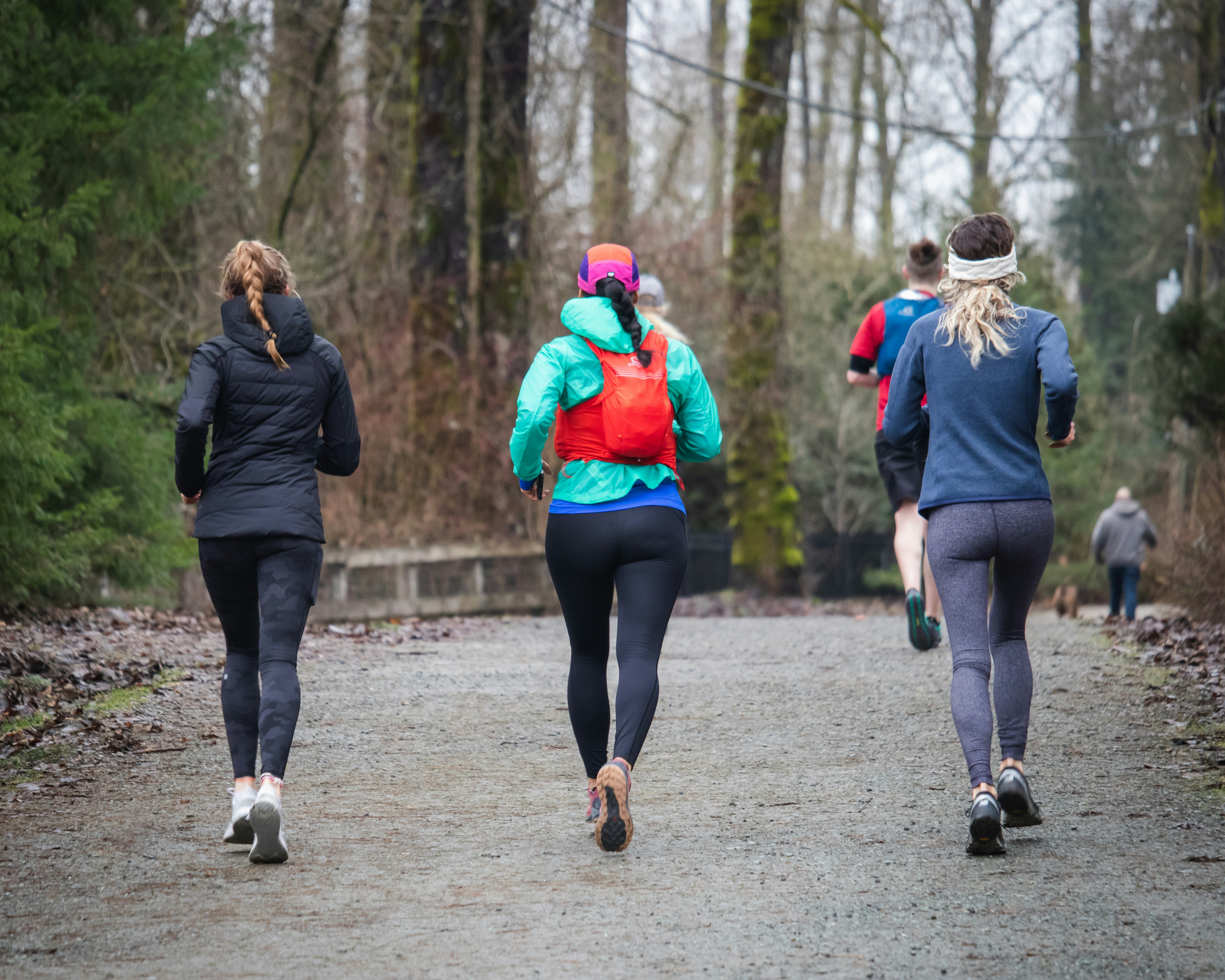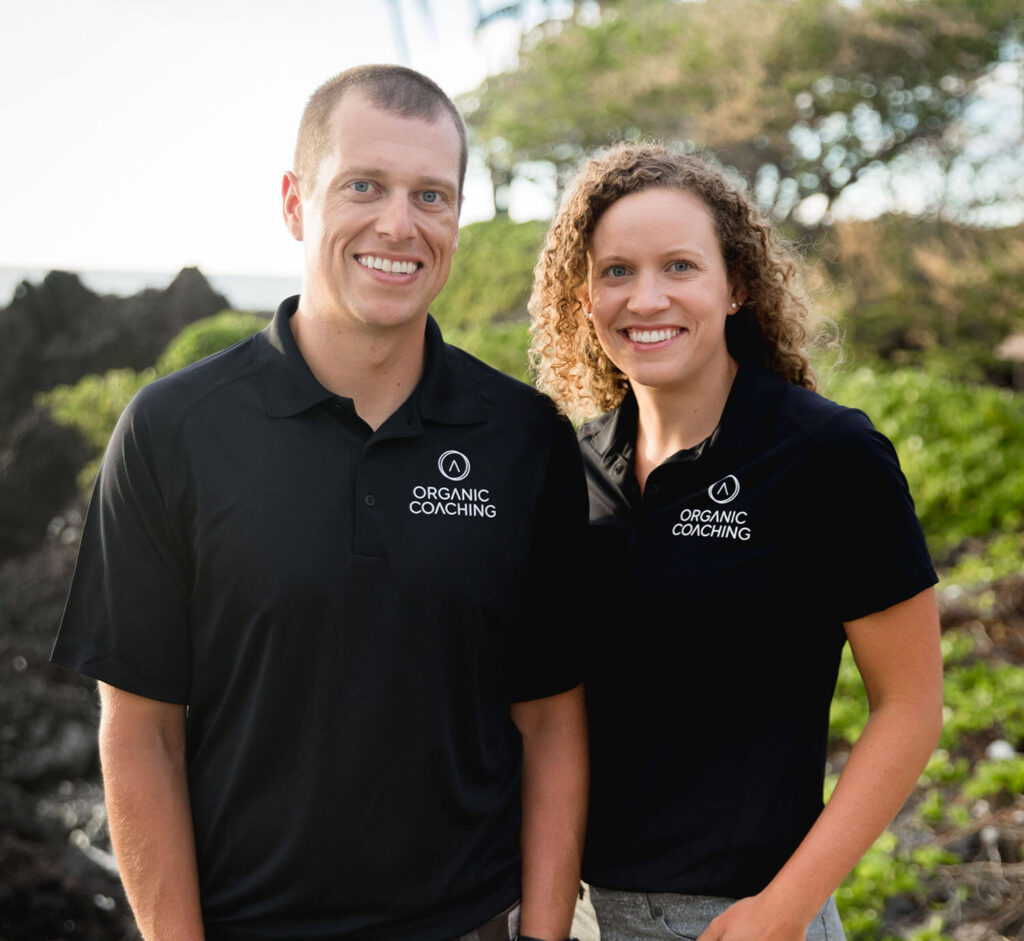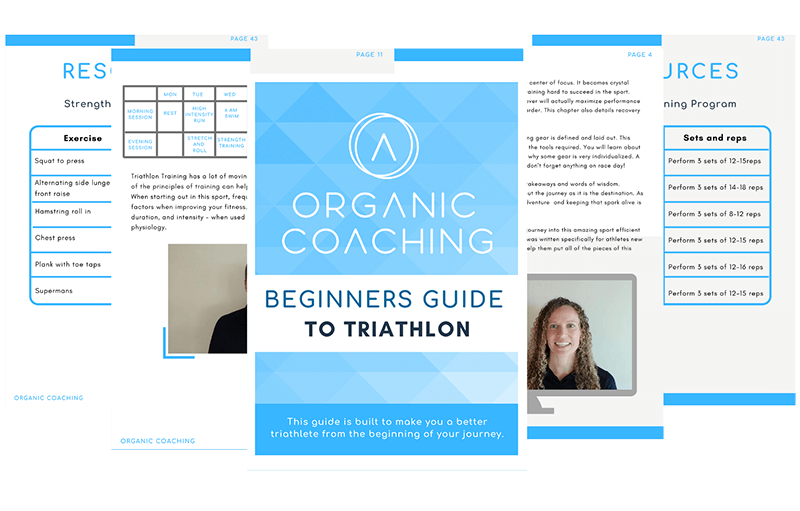

Triathlon rest and recovery are essential parts of any successful training program. It is also one of the least planned and underutilized ways to enhance your athletic performance. So let’s learn 5 ways to use rest and recovery to its full potential so you can allow the body time to repair and strengthen itself so you can enhance your athletic performance and have a successful training program.
During sleep, our bodies go into deep recovery mode. This is when muscle recovery happens on the micro-level. Sleep also reduces the risk of injury and illness, and lowers the athlete’s perceived effort during exercise. On average active adults should be getting between seven to ten hours per night. Everyone has individual needs depending on their lifestyle, workouts, and genetic makeup.
You can also measure your sleep if you can track it – you can improve it! There are plenty of different apps and tools you can use like Garmin to track your sleep time and the types of sleep you are getting (Light, Deep, REM). If you’re not getting enough sleep each night you may start to notice some different tendencies start to pop up (Only 1/5 adults get the proper amount of sleep each night). This would be things such as irritability, lack of motivation or energy, restlessness, increased errors, or fatigue. You can also look for signs of decreased awareness or decreased performance.
To help increase sleep quality and duration stick to a sleep schedule of the same bedtime and wake-up time, even on the weekends. This helps to regulate your body’s clock and could help you fall asleep and stay asleep for the night. If you have trouble sleeping, avoid naps, especially in the afternoon. Power napping may help you get through the day, but if you find that you can’t fall asleep at bedtime. Avoiding caffeine in the afternoon and late evening high-intensity workouts can help you fall asleep when it’s time. Evaluate your room, your bedroom should be cool, between 60 and 67 degrees. Your bedroom should also be free from any noise that can disturb your sleep. Your bedroom should be free from any light and you should be sleeping on a comfortable mattress and pillows. Lastly, Wind down. Your body needs time to shift into sleep mode, so spend the last hour before bed doing a calming activity such as reading. Screens can increase brain activity and make falling asleep harder.

The benefit of an easy or active recovery day is simple, balancing training stress and volume. Keeping the training stress low, while still getting in some volume. Easy and low-stress sessions train the cardiovascular, respiratory, and muscular systems to work more efficiently. Slower training also helps further develop slow-twitch muscle fibers. We need these for long-endurance training. It also helps with the strengthening of tendons, ligaments, joints, and bones to keep us resilient.
Taking easy days easy can be hard! We are not looking for validation in every session, which can easily lead to feeling discouraged and overtraining. There is a great equation stress + rest = growth. Allowing your body to rest and recover (including active recovery) is vital to performance gains. Training too hard on easy days doesn’t allow for full recovery or optimal adaptation. Sometimes it can be as hard mentally to go easy as it can be physically to go hard. But committing yourself to truly going easy will allow you to push new limits on the days when you do go big.
Easy days also give not only your body a break but also your mind a break. You can take the time during your easy days to worry less about paces, wattage, and time and simply enjoy your training.
For athletes training once per day or more often, refueling for the next workout as quickly as possible is crucial. Refueling accurately and consistently after workouts will restore muscle and liver glycogen stores, replace fluid and electrolytes lost in sweat, promote muscle repair, and bolster the immune system. Athletes who optimize post-exercise nutrition will perform better in their next training session and accumulate more high-quality sessions than athletes who skip post-exercise recovery fueling.
There is two post-exercise recovery fueling windows. The first is within 30 minutes for women, and within 45 minutes for men of a hard or long training session. The second window is in two to three hours post-exercise. Short easy training sessions do not require special recovery nutrition. Athletes are best sticking to their daily nutrition plan with a normal whole foods meal after easy training sessions.
30-45 minutes post-exercise fluid, electrolytes, carbohydrates, and protein are the foundations of proper recovery nutrition. Immediately finishing a workout, start replacing fluid and electrolyte losses with a sodium-containing drink or water plus sodium-containing food.
Two to three hours post-exercise continue your recovery nutrition by eating a whole foods meal. It is okay to eat earlier than this if you are hungry but do not delay this post-exercise meal for more than three hours. This meal should contain a combination of carbohydrates, protein, and some fat. Protein maximally stimulates muscle protein synthesis and carbohydrates to restore glycogen stores.
A full day of rest, no exercise, and doing as little as possible. While you might not be exercising, a full day on the go with the family is not a true rest day. Rest days are meant to be feet up! Most athletes know that getting enough rest after exercise is essential to high-level performance, but many still overtrain and feel guilty when they take a day off.
Rest days are critical to sports performance for a variety of reasons, some are physiological and some are psychological. Physically the main way to stop adaptation is to chronically under-recovery from stress. The body repairs and strengthens itself in the time between workouts, and continuous training can weaken the strongest athletes. Rest is physically necessary so that the muscles can repair, rebuild, and strengthen. In the worst-case scenario, too few rest days can lead to overtraining syndrome—a difficult condition to recover from or injury. Metally rest days guard against burnout. Rest days also grant you valuable time to spend with family and friends that you might not normally have. It also gives you time to do other things you enjoy like reading, cooking, crafts, or binging on Netflix!
Rest days are long-term adaptation insurance. Maybe you’ll sacrifice a very small amount of aerobic adaptations short term (and I think that’s debatable for most athletes). Long-term, the rest investment will pay off massively.
Trigger point guns (impact percussion) hyper-target the area in use. studies show it’s equally as effective as a massage in specific areas. They can help increase blood flow to the areas you’re working on. This tool is best used pre and post-exercise. Before exercise to help engage muscles that might have a hard time firing (glute or hamstring and post-exercise to aid with muscle recovery.
Compression socks/sleeves apply pressure to your legs and ankles. This may boost circulation in your legs, prevent blood from pooling in your leg veins and downward to the foot, diminish leg swelling, reduce hypotension (which causes lightheadedness or unsteadiness when you stand), and help blood flow up toward the heart. All aiding in a quicker recovery.
Recovery boots improve circulation and enhance lymphatic drainage. Which removes waste products, including lactic acid.
Ice baths reduce inflammation and improve recovery by changing the way blood and other fluids flow through your body. When you sit in cold water, your blood vessels constrict; when you get out, they dilate (or open back up). This process helps flush away metabolic waste post-exercise. This helps with relieving sore and achy muscles and limits the inflammatory response. For Ice baths to be beneficial they need to be 50-59 degrees Fahrenheit for 10-15 minutes.
Take rest and recovery seriously, we are all busy. A common mistake many athletes make is to use their rest days to run endless errands and their recovery weeks to tackle bigger projects. Recover as hard as you train. Eat well, sleep well, and recover fast because your competitors are probably doing it!

Carly and Tyler Guggemos built Organic Coaching in 2014 with a simple philosophy that works. The idea is to take what you have and grow it to get faster, fitter and stronger. And to do it with the time you have – not the time you wish you had.

For athletes who are ready to take their training to the next level while still thriving and succeeding in their professional and family life.
Copyright © 2024 Organic Coaching LLC